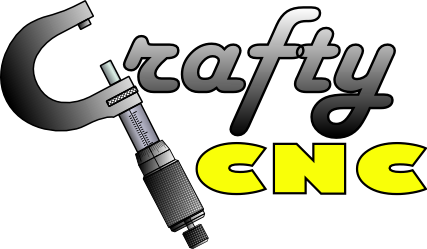Depending on what you want to do with the touch probe, you may or may not need to do any adjusting or calibrating of the probe. The primary physical calibration of the touch probe is to center the probe tip (the ball) to have little to no runout with respect to the shank that is installed into your spindle. This should be done anytime you physically alter the probe, such as opening it to change the spring tension, or if you insert a new probe tip. The only reason to perform this function is when using the probe for machining setups, such as finding a corner or center and referencing an axis to ‘zero’ at that location so that your spindle is centered where you want it. Any error in the tip relative to the shank will result in the machining origin being off of the expected point by the runout.
If you are merely taking measurements of a bore diameter, a slot width, or doing 3D ‘bed of nails’ style probing routines, there is no need to calibrate the tip. such measurements are all ‘delta’ measurements where you are investigating distances between points in space, but the absolute position in space isn’t really important.
To adjust the Probe, it will be easiest to install the shank into an arbor of either your mill or a lathe, and then use an indicator on the probe tip to adjust out ball runout via the three allen screws surrounding the probe tip. The process is similar to the method used to adjust a part to run true in a 4-jaw chuck.
The following video demonstrates the process:
